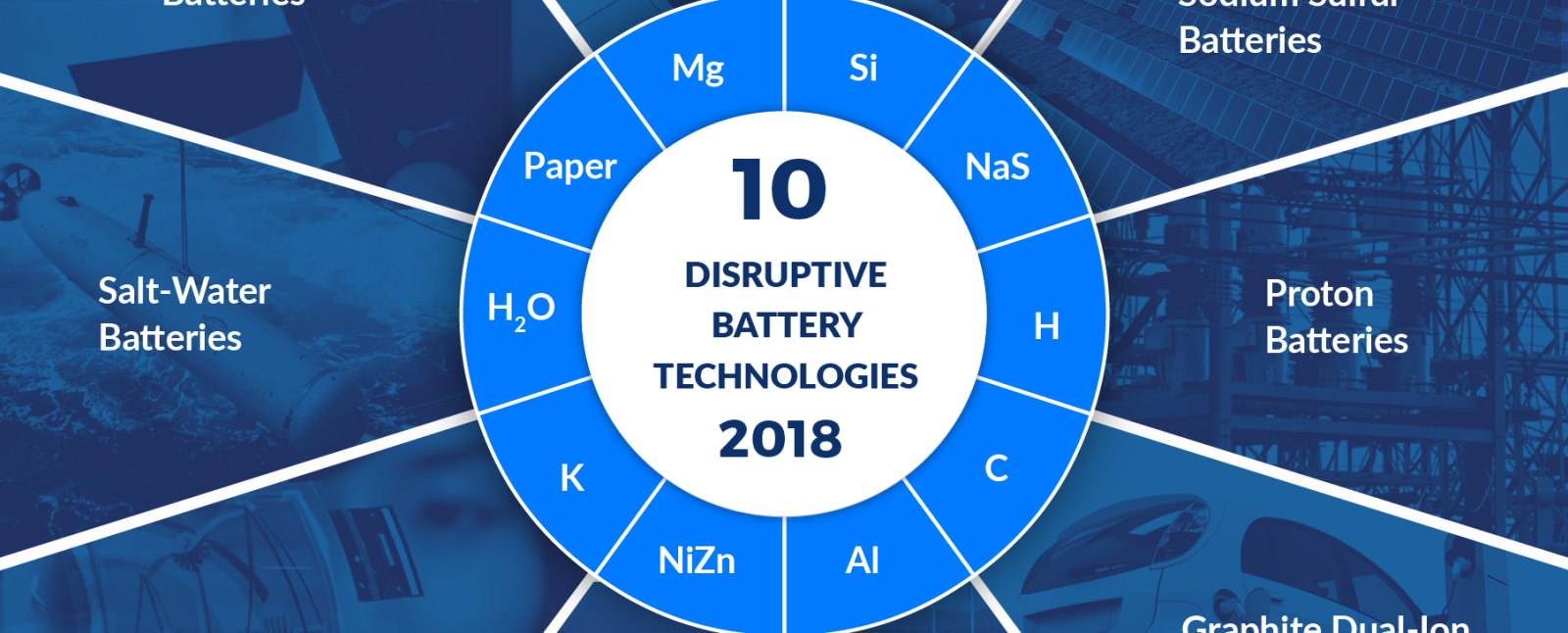Demystify the Jargon and Buzzwords
Rechargeable batteries are pretty simple devices, but there is a lot of jargon surrounding them. Here’s our guide to the things you need to know to make an informed choice.
NiMH: Nickel Metal Hydride
The chemistry inside the battery that stores the electrical charge. One side of the battery is made of Nickel Oxide Hydroxide, and the other is made of an alloy of several rare earth metals. When the battery is charged, the Nickel Oxide Hydroxide gives up a Hydrogen ion, which is absorbed by the alloy. When the battery is used, this is reversed, creating a flow of electric charge out of the battery. Charger: The device that controls the flow of charge into a battery. You should never use a NiMH battery (like the ones in this guide) with a non-NiMH charger, as this can damage them.
LSD: Low Self Discharge All batteries lose a certain amount of charge over time, even when they are not connected to anything. This is called a self-discharge. Typically, a NiMH battery will lose up to half its charge if stored for a year. Some batteries minimize this by adding extra insulation inside the battery.
mAh: milliamp-hours A measure of the amount of charge that can be stored in a battery. 1 mAh is a flow of one milliamp over an hour, so a 2000 mAh battery can deliver 2000 milliamps (or 2.0 Amps) for one hour, or 200 milliamps for 10 hours.
Cycles or Recharge Life: Each full charge and discharge is one battery cycle. All batteries lose capacity when used, meaning that they can store a little less charge with each cycle. Manufacturers offer a cycle life, a number of cycles that the battery can go through before it loses a certain amount of its capacity. This is defined in a standard called IEC 61951-2.
Other Sizes and Adapters: We focused on rechargeable AA/AAAbatteries for this guide as they are, by far, the most commonly used battery size. They can also be used to power devices that require C- and D-size batteries too. All you have to do is pop them into an appropriately-sized adapter, and you’re in business.
